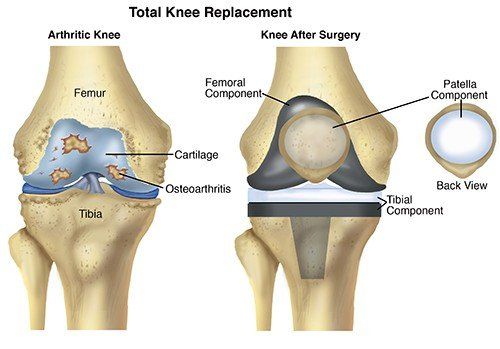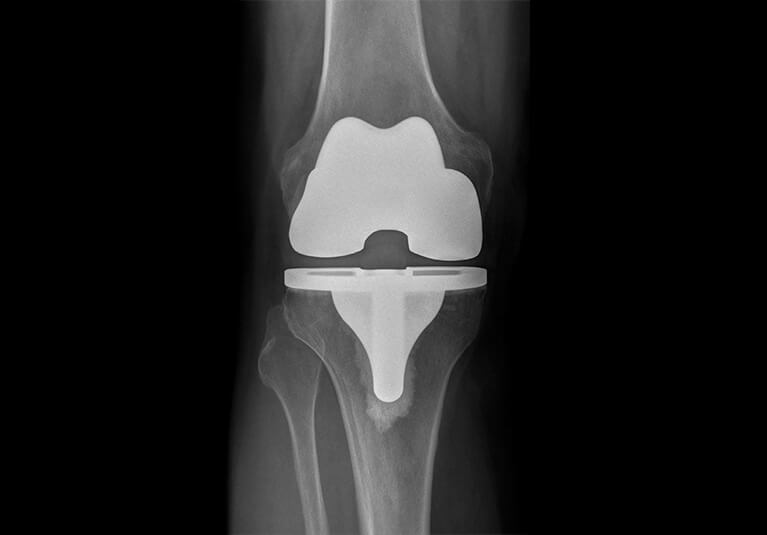Surgery can be a daunting experience, both physically and mentally. The thought of going under the knife and the recovery process can be overwhelming. However, with advancements in technology and medical techniques, surgical recovery has become more efficient and less painful. In this article, we will explore some innovative techniques for swift recovery after surgery.

by Alexander Grey (https://unsplash.com/@sharonmccutcheon)
Why Is Recovery After Surgery Important?
Recovery after surgery is crucial for a successful outcome. It allows the body to heal and regain strength, reducing the risk of complications and improving overall health. A proper recovery also ensures that the surgery has achieved its intended purpose and that the patient can resume their daily activities without any hindrance.
Recovery Strategies for a Swift Recovery
- Follow Post-Operative Instructions
One of the most important strategies for a swift recovery is to follow the post-operative instructions provided by your surgeon. These instructions are tailored to your specific surgery and are designed to promote healing and prevent complications. It is essential to follow these instructions carefully and ask your surgeon any questions you may have.
- Stay Hydrated and Eat Nutritious Meals
Proper nutrition and hydration are crucial for a swift recovery. Surgery can be taxing on the body, and it requires proper nourishment to heal. Make sure to drink plenty of water and eat nutritious meals to aid in the healing process. Consult with your doctor or a nutritionist for a personalized meal plan that will support your recovery.
- Get Enough Rest
Rest is essential for the body to heal after surgery. Make sure to get enough sleep and avoid strenuous activities that can hinder the recovery process. Listen to your body and take breaks when needed. Adequate rest will help you regain your strength and energy, allowing you to resume your daily activities sooner.
- Follow a Rehabilitation Plan
Depending on the type of surgery, your doctor may recommend a rehabilitation plan to aid in your recovery. This plan may include physical therapy, occupational therapy, or other exercises to help you regain strength and mobility. It is crucial to follow this plan diligently to ensure a swift and successful recovery.
Innovative Techniques for Swift Recovery
With advancements in technology and medical techniques, there are now innovative methods that can help speed up the recovery process after surgery. Let’s explore some of these techniques.
Minimally Invasive Surgery
Minimally invasive surgery (MIS) is a surgical technique that uses small incisions and specialized tools to perform the surgery. This technique reduces the trauma to the body, resulting in less pain, scarring, and a quicker recovery time. MIS is now widely used in various surgeries, including orthopedic, gynecological, and gastrointestinal procedures.
Laser Surgery
Laser surgery is a minimally invasive technique that uses a laser beam to make incisions and perform the surgery. This technique is less invasive than traditional surgery, resulting in less pain, bleeding, and scarring. Laser surgery also promotes faster healing and reduces the risk of infection.
Robotic Surgery
Robotic surgery is a type of minimally invasive surgery that uses robotic arms to perform the surgery. The surgeon controls the robotic arms, which have a greater range of motion and precision than human hands. This technique allows for more precise and delicate surgeries, resulting in less trauma to the body and a quicker recovery time.
Platelet-Rich Plasma (PRP) Therapy
Platelet-rich plasma (PRP) therapy is a regenerative technique that uses the patient’s own blood to promote healing. The patient’s blood is drawn and spun in a centrifuge to separate the platelets, which are then injected into the surgical site. These platelets contain growth factors that aid in tissue repair and regeneration, resulting in a faster recovery time.
Cryotherapy
Cryotherapy is a technique that uses cold temperatures to promote healing and reduce pain and inflammation. This technique is commonly used after surgery to reduce swelling and pain, allowing the patient to move and exercise more comfortably. Cryotherapy can also speed up the healing process and reduce the risk of complications.
Surgical Rehab: The Key to a Successful Recovery
Surgical rehab is an essential part of the recovery process. It involves exercises and therapies that help the patient regain strength, mobility, and function after surgery. Let’s explore some of the techniques used in surgical rehab.
Physical Therapy
Physical therapy is a crucial part of surgical rehab. It involves exercises and techniques that help the patient regain strength, flexibility, and mobility. Physical therapy can also help reduce pain and swelling, improve balance and coordination, and prevent complications.
Occupational Therapy
Occupational therapy focuses on helping patients regain the ability to perform daily activities after surgery. This may include exercises and techniques to improve fine motor skills, hand-eye coordination, and cognitive abilities. Occupational therapy can also help patients adapt to any physical limitations caused by the surgery.
Aquatic Therapy
Aquatic therapy is a form of physical therapy that takes place in a pool. The buoyancy of the water reduces the impact on the body, making it an ideal form of exercise for patients recovering from surgery. Aquatic therapy can help improve strength, flexibility, and mobility without putting too much strain on the body.
Massage Therapy
Massage therapy can be beneficial for patients recovering from surgery. It can help reduce pain and inflammation, improve circulation, and promote relaxation. Massage therapy can also help patients regain range of motion and flexibility in the affected area.
Conclusion
Surgery can be a stressful experience, but with the right techniques and strategies, the recovery process can be more manageable and less painful. By following post-operative instructions, staying hydrated and well-nourished, getting enough rest, and following a rehabilitation plan, you can ensure a swift recovery. Additionally, innovative techniques such as minimally invasive surgery, laser surgery, robotic surgery, PRP therapy, and cryotherapy can speed up the recovery process. And with the help of surgical rehab techniques such as physical therapy, occupational therapy, aquatic therapy, and massage therapy, you can regain your strength and mobility and resume your daily activities with ease. Remember to consult with your doctor before trying any new techniques or exercises, and always listen to your body during the recovery process. With these innovative techniques and strategies, you can achieve surgical stardom and a swift recovery.




